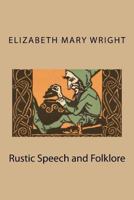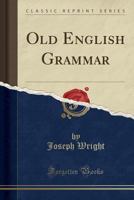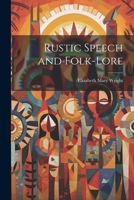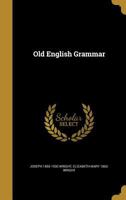An Elementary Middle English Grammar
Select Format
Select Condition 
Based on Your Recent Browsing
Book Overview
No Synopsis Available.
Format:Paperback
Language:English
ISBN:0198119410
ISBN13:9780198119418
Release Date:August 1979
Publisher:Oxford University Press, USA
Length:242 Pages
Weight:0.70 lbs.
More by Elizabeth Mary Wright
Customer Reviews
5 customer ratings | 5 reviews
There are currently no reviews. Be the first to review this work.
























